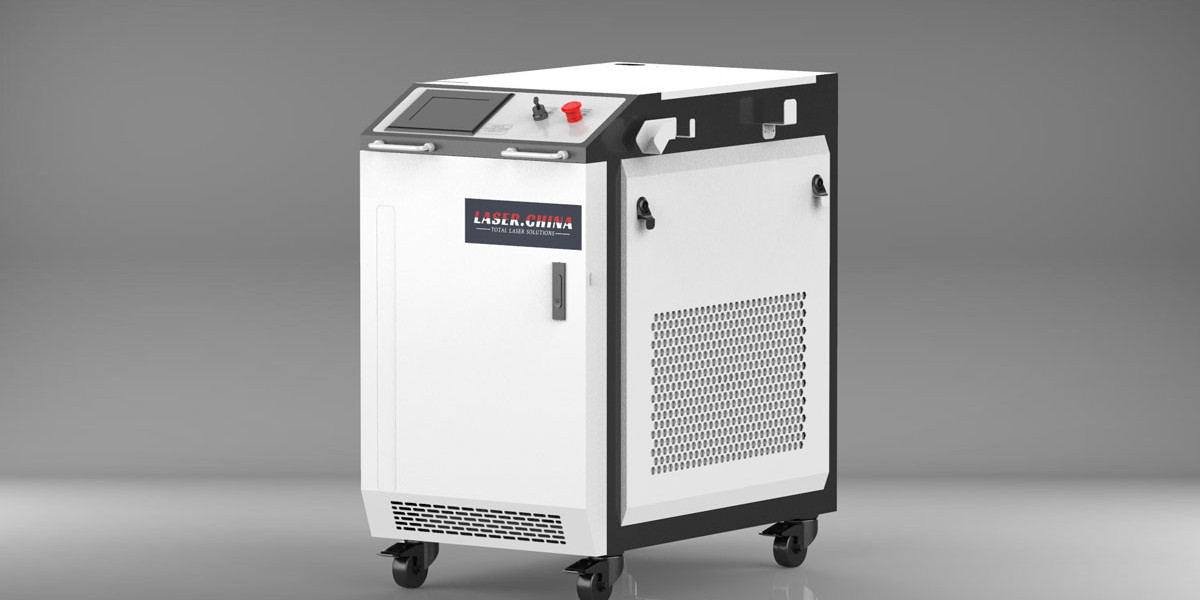In this detailed guide, we will explore what a laser paint remover is, how it works, where it is applied, and why businesses are rapidly adopting it for long-term efficiency and reliability. At the end of this article, you will have a comprehensive understanding of this tool and how it can transform surface cleaning operations.
Understanding Laser Paint Remover Technology
A laser paint remover uses a high-intensity laser beam directed onto a painted surface. The energy of the laser interacts with the paint layer, causing it to absorb heat and either evaporate or detach from the surface. The substrate beneath, whether it is metal, stone, or concrete, remains intact due to the precise control of laser intensity and wavelength.
This process is based on laser ablation—a technique where unwanted material is removed by controlled pulses of light. The laser parameters can be adjusted depending on the paint thickness, type of substrate, and desired level of cleaning. Since the method relies purely on energy and not on abrasive contact or chemicals, it results in a cleaner and safer operation.
Applications of Laser Paint Remover in Different Industries
The versatility of a laser paint remover allows it to be used across a wide range of sectors. Below are some major industries where this technology is widely adopted:
1. Aerospace Industry
Aircraft maintenance requires precise paint removal without damaging the underlying metal. Traditional methods risk weakening structural integrity. Laser paint removers allow technicians to strip paint from aircraft fuselages, wings, and components with minimal risk, while also reducing downtime in maintenance schedules.
2. Automotive Manufacturing and Restoration
In automotive production lines, paint removal is often required for quality control, repair, or restoration of classic vehicles. A laser paint remover is efficient in eliminating coatings from car bodies and parts, ensuring smooth surfaces for repainting. This method is also useful in restoring vintage vehicles where preserving the original material is crucial.
3. Shipbuilding and Marine Sector
Ships are constantly exposed to harsh conditions, which necessitate regular repainting. Removing old coatings on large vessels has always been labor-intensive. With laser paint removers, shipyards can clean steel structures, decks, and other surfaces more effectively, reducing both man-hours and environmental concerns.
4. Construction and Infrastructure Maintenance
In construction, surfaces like steel beams, bridges, and concrete often need paint removal before repair or recoating. A laser paint remover provides a controlled way to remove old layers without damaging the structure, making it ideal for large-scale infrastructure projects.
5. Cultural Heritage and Restoration
Museums and conservators use laser paint removers in delicate restoration projects. Historical monuments, sculptures, and artifacts can be cleaned of unwanted paint layers or graffiti without harming the original material. The precision of laser cleaning has made it a trusted tool in heritage preservation.
How Laser Paint Remover Works in Practice
The working principle is straightforward yet highly advanced. The system consists of a laser generator, optics for focusing the beam, and a handheld or robotic applicator. When directed at the painted surface:
The laser energy is absorbed by the paint layer.
The paint heats up, vaporizes, or breaks away from the substrate.
Any remaining residue is blown away by a built-in suction or ventilation system.
The process is highly controllable, ensuring that only the paint layer is removed while the underlying material remains unaffected. Operators can adjust power levels, pulse frequency, and beam size according to the requirements of each task.
Safety and Environmental Aspects of Laser Paint Removers
Paint removal has historically involved toxic solvents and abrasive blasting methods that generate dust and waste. In contrast, a laser paint remover produces little to no secondary waste. Most of the removed material is converted into fine particles and vapor, which can be safely collected with an integrated fume extraction system.
From a safety perspective, operators must use protective eyewear and follow standard laser safety protocols. Once these measures are in place, the technology significantly reduces exposure to harmful chemicals and minimizes environmental impact, making it a cleaner and more sustainable choice.
Why Businesses Are Shifting Toward Laser Paint Remover Solutions
The adoption of laser paint removers is growing rapidly because organizations recognize the long-term benefits. Companies save on recurring costs of consumables like sand, chemicals, and grinding materials. Labor efficiency improves because the process is faster and requires less post-cleaning preparation. Moreover, the accuracy of laser cleaning ensures consistent results, which is especially valuable in industries with strict quality requirements such as aerospace and automotive manufacturing.
Another factor driving adoption is compliance with environmental regulations. Many countries are phasing out hazardous chemical strippers due to their ecological impact. Laser paint removers offer an eco-friendly alternative that aligns with modern sustainability goals.
Cost Considerations and Investment Outlook
While the initial investment in a laser paint remover system may appear higher compared to traditional methods, businesses must consider long-term savings. Reduced labor costs, elimination of consumables, minimized downtime, and compliance with environmental regulations all contribute to a stronger return on investment. For industries with high-frequency paint removal needs, this technology pays off quickly.
Additionally, the durability of laser systems ensures that once purchased, they serve for years with minimal maintenance. Many businesses view this as a strategic investment rather than just an operational expense.
The Future of Laser Paint Removal Technology
As industries continue to move toward automation and precision manufacturing, laser paint removers are expected to play an even greater role. Integration with robotic arms and automated systems will allow large-scale paint removal tasks to be completed with minimal human intervention. Advancements in laser efficiency will also make systems more compact, affordable, and energy-efficient.
In cultural preservation, the technology will continue to help restore priceless artifacts without the risks posed by mechanical methods. In industrial sectors, it will likely replace outdated methods completely as regulatory frameworks demand safer and cleaner operations.
Final Thoughts
The laser paint remover represents a significant shift in how industries approach surface cleaning and maintenance. Its ability to deliver precise, efficient, and environmentally responsible results makes it a leading solution across multiple sectors. From aerospace and automotive to construction and heritage preservation, the applications are broad and growing. Businesses that adopt this technology not only improve operational efficiency but also align with sustainable practices for the future.








